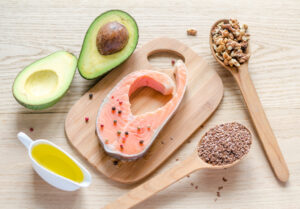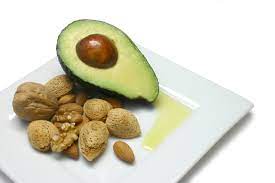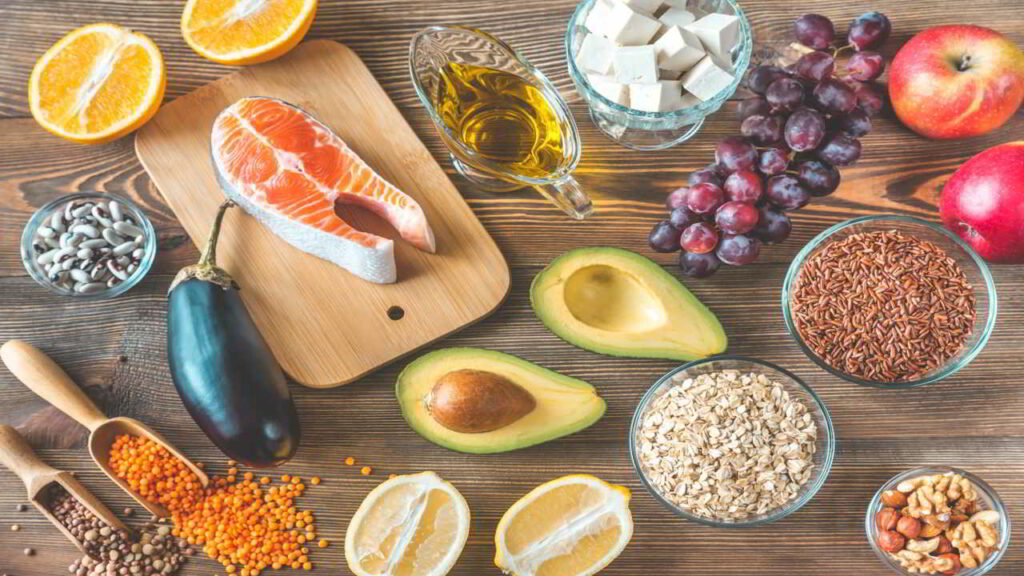There are a lot of misconceptions about fats and cholesterol floating around, especially when it comes to health. While some fats can be bad for you, others are good for you, and knowing the difference can help you make healthier dietary choices. In this blog post, we’re going to explore the different kinds of fats and how they affect your body. We’ll also look at what cholesterol is and why it’s important to understand its role in your diet. With this information, you’ll be able to make more informed decisions about what fats are healthy for you and which ones are best avoided.
Contents
Fats and Cholesterol

Cholesterol is a type of lipid found in the cell membranes of all body tissues. It is essential for the structure and function of these membranes. Cholesterol is also a precursor to many important hormones, such as testosterone and estrogen. In addition, cholesterol plays a role in the metabolism of fat-soluble vitamins, such as vitamin D.
The human body can make all the cholesterol it needs. However, cholesterol is also found in certain foods, such as meat, poultry, fish, eggs, and dairy products. Because cholesterol is not water-soluble, it cannot be transported through the bloodstream without being packaged into lipoproteins.
Two main types of lipoproteins transport cholesterol: low-density lipoprotein (LDL) and high-density lipoprotein (HDL). LDL cholesterol transports cholesterol from the liver to the body’s cells. HDL cholesterol picks up excess cholesterol from the body’s cells and returns it to the liver for removal from the body.
Cholesterol is measured in milligrams (mg) of cholesterol per deciliter (dL) of blood. The optimal level of LDL cholesterol is less than 100 mg/dL. A level greater than 160 mg/dL is considered high and puts an individual at increased risk for heart disease. A level below 40 mg/dL is considered desirable for HDL cholesterol; however, levels below 60 mg/dL are associated with an increased risk for heart disease.
Also, saturated fat and trans fat increase the risk of heart disease by raising your LDL cholesterol. Therefore, it is important to limit foods that contain these types of fats, such as fatty meats and processed snack foods. In contrast, unsaturated fats found in fish and vegetable oils can help lower your LDL cholesterol when consumed in moderation.
How To Reduce Fats and Cholesterol?

Reducing fats and cholesterol can help reduce the risk of developing health issues such as heart disease, stroke, and diabetes. Here are some tips to help you cut down on fats and cholesterol:
Eat More Fruits and Vegetables
One of the most important things you can do to reduce your fat and cholesterol intake is to eat more fruits and vegetables. Fruits and veggies are naturally low in fat and cholesterol, so adding them to your diet will help lower your overall intake. Sometimes, it can be hard to eat the recommended five servings of fruits and vegetables each day, so try adding them to your meals in place of higher-fat foods like processed meats.
Choose Leaner Cuts of Meat
When you do eat meat, try to choose lean cuts such as skinless chicken or fish. If you’re eating red meat, choose lean cuts like sirloin or flank steak. Try to avoid processed meats such as bacon, sausage, and hot dogs since these contain high amounts of fat and cholesterol.
Choose Healthy Fats
When you do eat fats, make sure that they are the healthy kinds. Choose monounsaturated fats from sources like olive oil, nuts, and avocados. Avoid saturated fats like butter and lard, as well as trans fats found in processed foods.
Limit Cholesterol-Rich Foods
Eggs, shrimp, lobster, crustaceans, organ meats (such as liver), and full-fat dairy products are high in cholesterol. If you’re trying to reduce your cholesterol intake, limit the amount of these foods that you eat.
Cook with Healthy Oils
When cooking your meals, use healthy oils such as olive oil or canola oil instead of butter or lard. These oils contain monounsaturated fats which are better for your health than saturated and trans fats. These oils also add flavor to your meals without the additional fat and cholesterol.
Reduce Your Portion Sizes
Eating smaller portion sizes can help you reduce your overall fat and cholesterol intake. Rather than loading up your plate with large amounts of food, try using a smaller plate and filling it up with fruits, vegetables, lean proteins, and healthy fats.
By following these tips, you can help reduce your fat and cholesterol intake and improve your overall health. Eating a balanced diet full of fruits, vegetables, lean proteins, and healthy fats will help you stay healthy and reduce your risk of developing heart disease, stroke, and diabetes.
Conclusion
From this article, it is clear that there are different types of fats and cholesterol. They have different characteristics and effects on the body, so it’s important to be aware of them when making dietary decisions. We recommend talking to your doctor or nutritionist if you have any questions about which type of fat or level of cholesterol is best for you. Eating a balanced diet with enough healthy fats can help maintain a healthy weight and reduce risk factors associated with certain diseases.
Consider contacting FitMantra for additional information on nutrition and fitness. You can also get in touch with their nutrition experts through our online nutrition counseling, who can guide you through the process and help you achieve your fitness goals. You can also lose weight with the help of our weight loss program. Download our Fitness app on Android to learn more about us.
